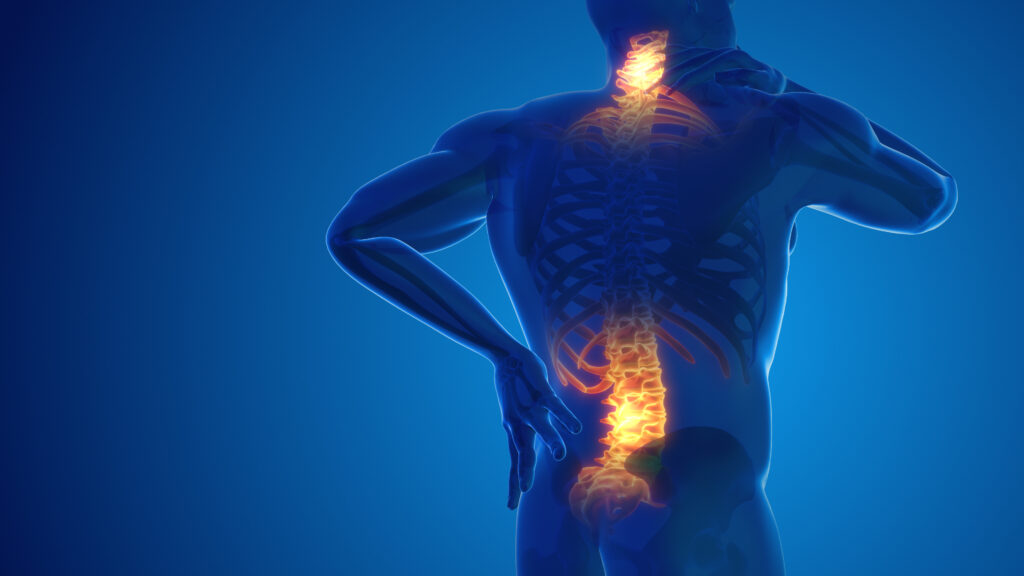Cell transplantation is emerging as a promising regenerative therapy for discogenic back pain, a condition that affects millions worldwide. Recent research has delved into the regenerative potential of Tie2+ nucleus pulposus progenitor cells (NPPCs) derived from intervertebral disc (IVD) tissues of patients across different age groups. This study, led by Yuto Otani and colleagues at the Tokai University School of Medicine, explores the differentiation capabilities of these cells and their implications for future therapies.
The researchers focused on NPPCs sourced from young patients (under 25 years) and older patients (over 60 years). By employing an optimized culture method, they successfully maintained Tie2 expression in NP cells from both donor categories. This finding is significant as it suggests that the regenerative potential of Tie2+ NPPCs could be harnessed for therapeutic applications, regardless of the donor’s age.
However, the study uncovered notable differences between the two age groups. While the Tie2 positivity rates remained similar after cell culture, older donors exhibited a 3.6-fold increase in GD2 positivity and a 2.7-fold decrease in proliferation potential compared to young donors. This indicates that cells from older donors may already be predisposed to a more mature phenotype, which could affect their regenerative capabilities.
These age-related disparities manifested in functional differences, impacting key processes such as colony formation, extracellular matrix production, and in vivo regenerative potential. The findings underscore the critical importance of considering age-related factors when developing NPPC-based therapies for disc degeneration.
As the field progresses, further investigation into the genetic and epigenetic alterations of Tie2+ NP cells from older donors will be essential. Understanding these changes could help refine regenerative strategies, ensuring that therapies are effective across different age demographics.
In summary, this study highlights Tie2+ NPPCs as a promising cell source for intervertebral disc regeneration. However, it also emphasizes the need for a comprehensive understanding of the age-related differences that can influence the efficacy of cell transplantation therapies. Such insights are vital for scaling up culture methods for broader clinical applicability and ultimately enhancing patient outcomes.
The research team comprised Yuto Otani, Jordy Schol, Daisuke Sakai, Yoshihiko Nakamura, Kosuke Sako, Takayuki Warita, Shota Tamagawa, Luca Ambrosio, Daiki Munesada, Shota Ogasawara, Erika Matsushita, Asami Kawachi, Mitsuru Naiki, Masato Sato, and Masahiko Watanabe, all affiliated with the Tokai University School of Medicine and other esteemed institutions. Their collaborative effort sheds light on a crucial area of regenerative medicine, potentially paving the way for innovative treatments for discogenic back pain.


